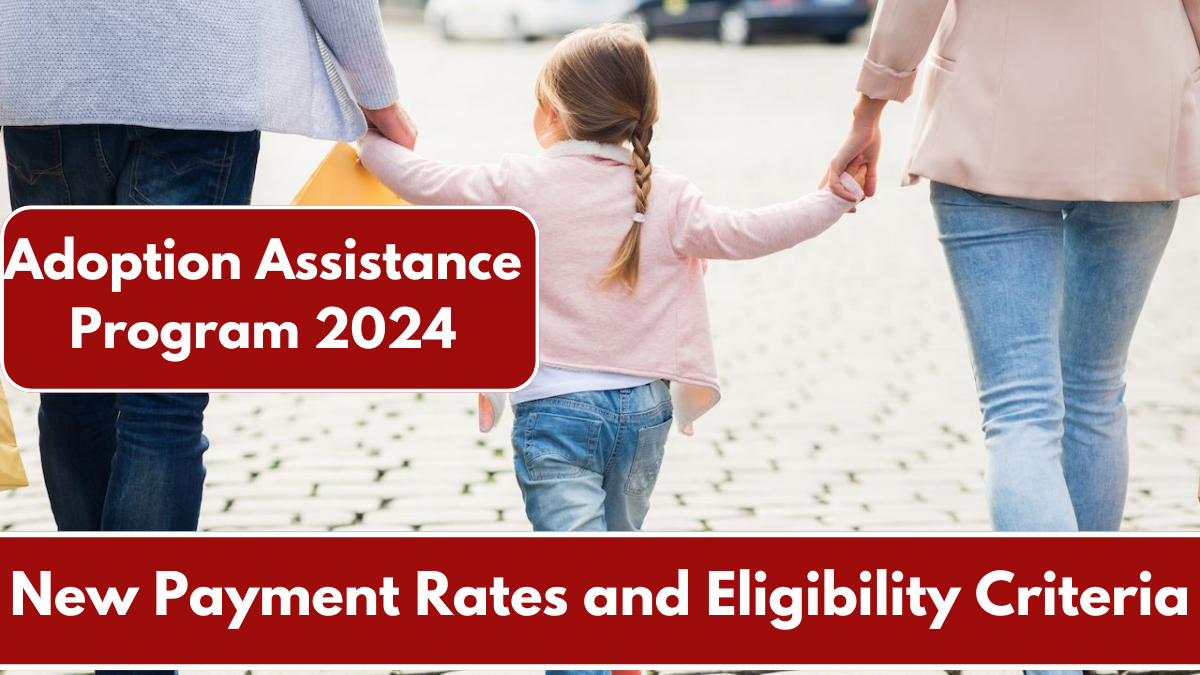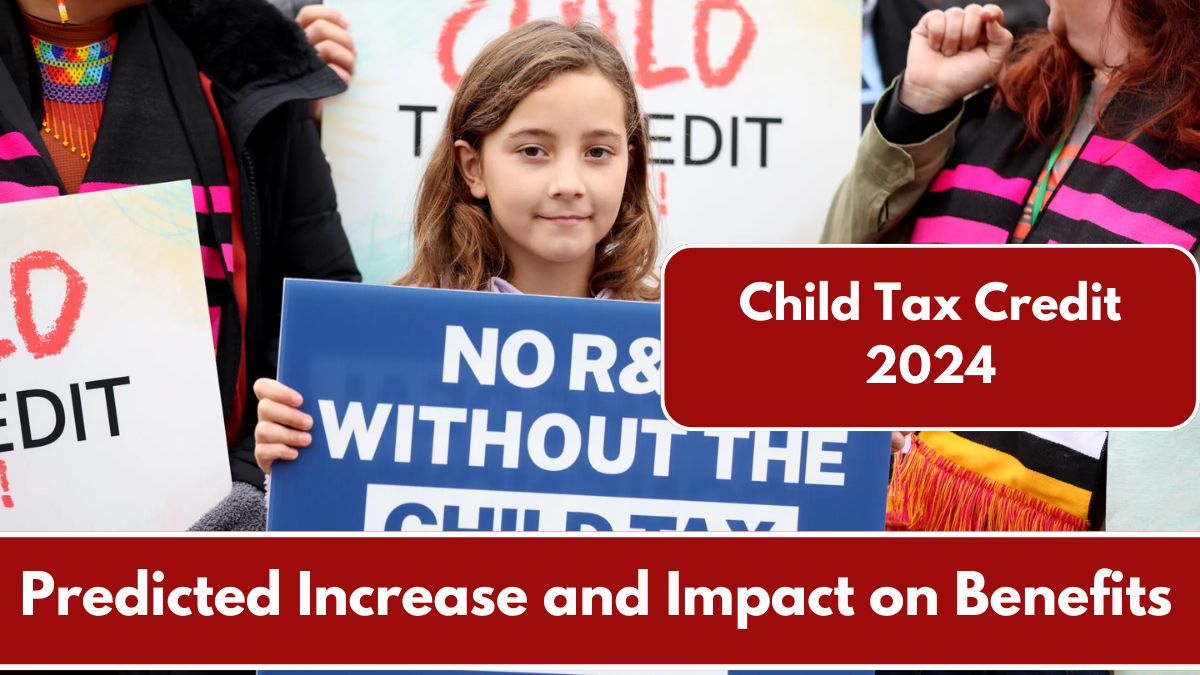Introduction:
The Child Health Insurance Program (CHIP) is a vital resource for millions of families, providing affordable health coverage for children in low- to moderate-income households. As we enter 2024, there are significant changes to CHIP eligibility requirements that parents and guardians need to be aware of. This article outlines these eligibility changes and provides a step-by-step guide on how to apply for CHIP in 2024.
Overview of the Child Health Insurance Program (CHIP)
CHIP is a federal-state partnership that provides low-cost health insurance to children in families who earn too much to qualify for Medicaid but cannot afford private insurance. CHIP covers a wide range of services, including routine check-ups, immunizations, emergency services, and dental and vision care. Each state administers its own CHIP program, with varying benefits and eligibility requirements.
Key Eligibility Changes in 2024

In 2024, several changes have been made to CHIP eligibility criteria, which could impact your child’s qualification for the program:
- Income Limits Adjusted: The income thresholds for CHIP eligibility have been revised to account for inflation and cost of living increases. This adjustment means more families may qualify for CHIP coverage.
- Expanded Coverage for Pregnant Women: Some states have expanded CHIP to provide coverage for pregnant women, offering prenatal and postpartum care.
- Age Limit Extensions: In certain states, CHIP coverage has been extended to cover children up to the age of 21, rather than the previous limit of 19.
- Simplified Enrollment Process: The application process has been streamlined, making it easier for families to apply and renew their coverage.
CHIP Income Eligibility Limits for 2024
| Household Size | Income Limit (2023) | Income Limit (2024) |
|---|---|---|
| 2 (Parent + 1 Child) | $36,620 | $38,300 |
| 3 (Parent + 2 Children) | $46,060 | $48,200 |
| 4 (Parent + 3 Children) | $55,500 | $58,100 |
| 5 (Parent + 4 Children) | $64,940 | $68,000 |
| 6 (Parent + 5 Children) | $74,380 | $77,900 |
Note: Income limits vary by state, and the figures above represent the federal guidelines. Be sure to check your state’s specific CHIP income limits.
Understanding the Income Thresholds
The income thresholds for CHIP are based on the Federal Poverty Level (FPL). These thresholds are updated annually to reflect changes in the cost of living. For 2024, the income limits have been slightly increased, allowing more families to qualify for CHIP coverage. It’s important to understand that these limits are based on gross income before taxes and deductions.
How to Apply for CHIP

Applying for CHIP in 2024 is a straightforward process, but it requires careful attention to detail to ensure your application is complete. Here are the steps to follow:
- Gather Required Documentation: Before starting your application, gather essential documents, including proof of income (pay stubs, tax returns), Social Security numbers, and proof of residency.
- Check State-Specific Guidelines: Visit your state’s CHIP website to review specific eligibility criteria and required documentation, as they may vary from the federal guidelines.
- Complete the Application: You can apply for CHIP online through your state’s health insurance marketplace or by mailing in a paper application. Some states also offer in-person assistance at local health departments or community centers.
- Submit Your Application: Once your application is complete, submit it through the appropriate channel. If applying online, ensure that you receive a confirmation number or email.
- Follow Up on Your Application: After submission, you may need to provide additional documentation or answer follow-up questions. Be sure to respond promptly to any requests from the CHIP program to avoid delays in processing.
- Renew Your Coverage Annually: CHIP coverage typically lasts for one year, after which you’ll need to renew. Mark your calendar with the renewal date to ensure your child’s coverage continues without interruption.
Conclusion:
The changes to the Child Health Insurance Program (CHIP) in 2024 present new opportunities for families to secure affordable health coverage for their children. By understanding the updated eligibility criteria and following the application steps outlined in this article, you can ensure that your child receives the healthcare they need. Don’t delay—apply for CHIP today to take advantage of the expanded coverage and simplified application process.
FAQ’s:
Q1. What services are covered by CHIP in 2024?
CHIP covers a wide range of services, including routine check-ups, immunizations, emergency services, prescription medications, and dental and vision care.
Q2. How do I know if my family qualifies for CHIP?
Eligibility is primarily determined by your household size and income. Refer to the income limit table in this article and check with your state’s CHIP program for specific guidelines.
Q3. Can CHIP coverage be extended to pregnant women in 2024?
Yes, some states have expanded CHIP to include coverage for pregnant women, offering comprehensive prenatal and postpartum care.
Q4. How long does it take to process a CHIP application?
Processing times vary by state, but it typically takes 2-6 weeks to process a CHIP application. Ensure all required documents are submitted to avoid delays.
Q5. What happens if my income changes during the year?
If your income changes, you should report it to your state’s CHIP program as soon as possible. Changes in income may affect your eligibility for CHIP, and adjustments may be made to your coverage or premium costs.






















